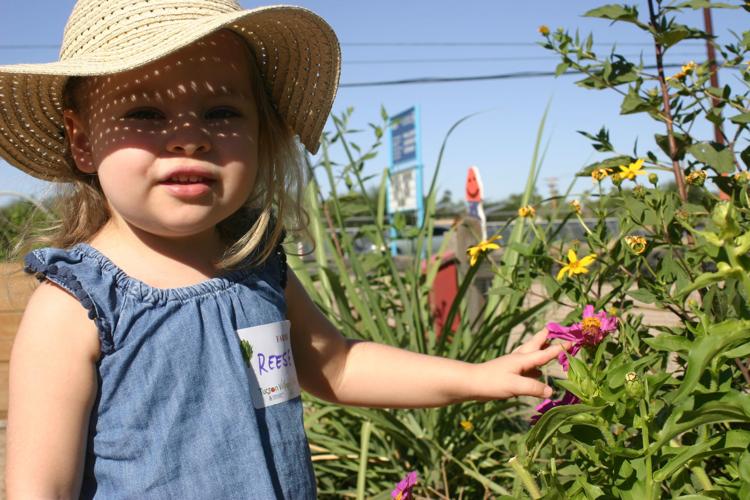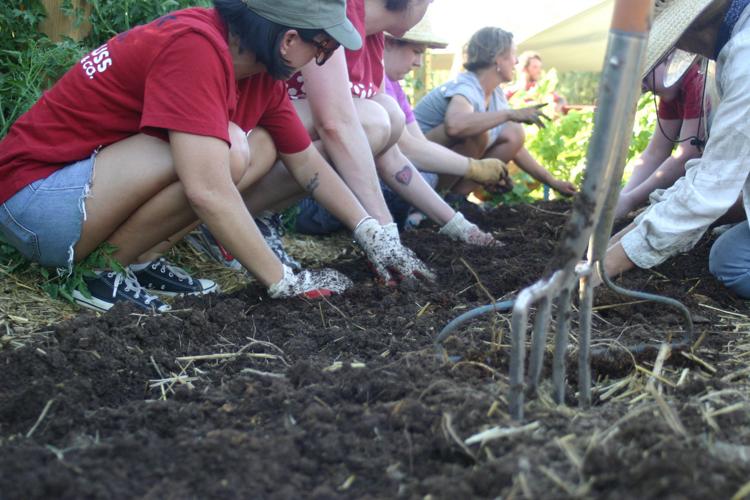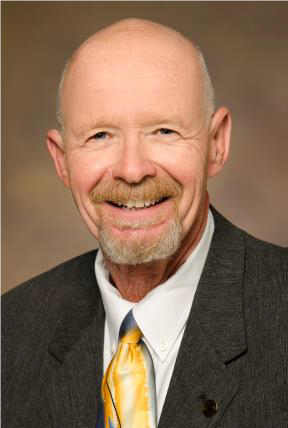Since its establishment in 1885, the University of Arizona has been a designated land-grant institution. But what does being a land-grant university mean in today’s world, and how does this mission impact Arizona communities?
The UA’s land-grant mission is something that is often proclaimed as an accomplishment by university officials but is never really explained. For Jeffrey Silvertooth, associate dean and director for Arizona Cooperative Extension, the mission is a 157-year charge to bring education to the people.
“We are still working to carry out this fundamental land-grant mission, and that is to make science practical and to bring the university to the people throughout our state,” Silvertooth said. “I believe in the power of that.”
act signed amid Civil War
With the passage of the Morrill Act in 1862, land-grant universities were established throughout the country to teach agriculture, science and engineering throughout their territories. The act reflected a growing demand for agricultural and technical education in the United States and sought to extend access to education to the working class.
“You can see the development of this idea in the writings of Thomas Jefferson and what he referred to as the general diffusion of knowledge. He said he believed we needed to have public institutions available to educate the average citizen and to make science practical,” Silvertooth said. “The universities that he was envisioning needed to have the capacity to reach out and connect to people across the states.”
The Morrill Act was among several historical pieces of legislation passed by the 37th Congress in 1862. Along with it came the Pacific Railroad Acts, which began the construction of a transcontinental railroad, and the Homestead Act, which granted all U.S. citizens with 160-acre plots of land.
“It was some of the darkest days of the union. It was very forward thinking,” Silvertooth said. “Any of us living in the West, we’re standing on the shoulders of that legislation today.”
In 1914, with the passage of the Smith-Lever Act, cooperative extension services were officially created at each land-grant institution, which secured ongoing federal support for the programs.
Cooperative extension
The original land-grant mission was drafted more than 150 years ago during a time of widely different social contexts, resources and priorities. Silvertooth said the initial intention of the act was to promote growth in a country that was mostly rural and undeveloped.
“Today, that has really changed. Our states are fully developed, and instead of being rural, in states like Arizona we are now over 90 percent urban-based,” he said. “The issues have changed, but the overall model and capacity of bringing the university to the public and bringing the expertise and science to bear on these issues stays the same.”
As the only land-grant university in the state, the UA Cooperative Extension works to assess the needs of communities throughout Arizona. With offices in each county, Silvertooth said the programs vary depending on the community.
“What drives our programs is what the people need. What differentiates us from the rest of the university is we don’t go to the people and tell them all the great things we have that they need to know; we go to the folks throughout the state and say, ‘What is it you need?’ Then we’ll go to work with them to try and address those problems, and if we don’t have the expertise, we’ll find it,” he said.
Cooperative extension at the UA has several mechanisms to deliver on the land-grant mission. These mechanisms are broken into four pillars: agriculture and natural resources; family, consumer and health sciences; 4-H youth development; and tribal extension.
Jeremy Elliott-Engel, associate director for 4-H youth development, provides leadership for all 15 counties and tribal communities throughout Arizona. This programming is geared toward providing young people with hands-on experience in areas such as health, science and agriculture.
“4-H members that are invested and engaged build mastery in so many areas. It could be robotics or animal science or nutrition,” Elliott-Engel said. “This contributes to the land-grant mission because it provides young people with technical skills and helps them stay civically engaged.”
In another area, family, consumer and health sciences programs, cooperative extension leaders focus on collecting data about families across the state to determine the issues and challenges they are facing. After conducting these assessments, they develop programming that is unique to the needs of each county.
“It’s about bringing education and science to bear on the practical problems that are being faced by families in the community,” said Cathy Martinez, interim director for family, consumer and health sciences programs. “So, we try to find what’s the niche that we can fill that will help people live better lives and improve conditions for themselves and their families through education,”
Under this pillar, community members can participate in a variety of classes and programs geared toward early childhood education, parenting education and health and well-being. The UA’s Diabetes Prevention Program, for example, provides yearlong support for people who are pre-diabetic and looking to make lifestyle changes.
Under the tribal extension pillar, the university works to identify the dynamic needs of tribal communities by developing and implementing programs that aim to improve the lives of Native American communities.
Future of land-grant mission in Arizona
Even as the needs of Arizona’s ever-growing communities continue to evolve, Silvertooth said the core mission of land-grant institutions and cooperative extension will stay the same.
“It’s important that we stay flexible and in tune with what’s happening throughout the state and what our communities need,” he said.
Moving forward, Silvertooth is expecting that water issues and climate change will become even more important and their programs will reflect that.
“We have to adapt,” he said.







